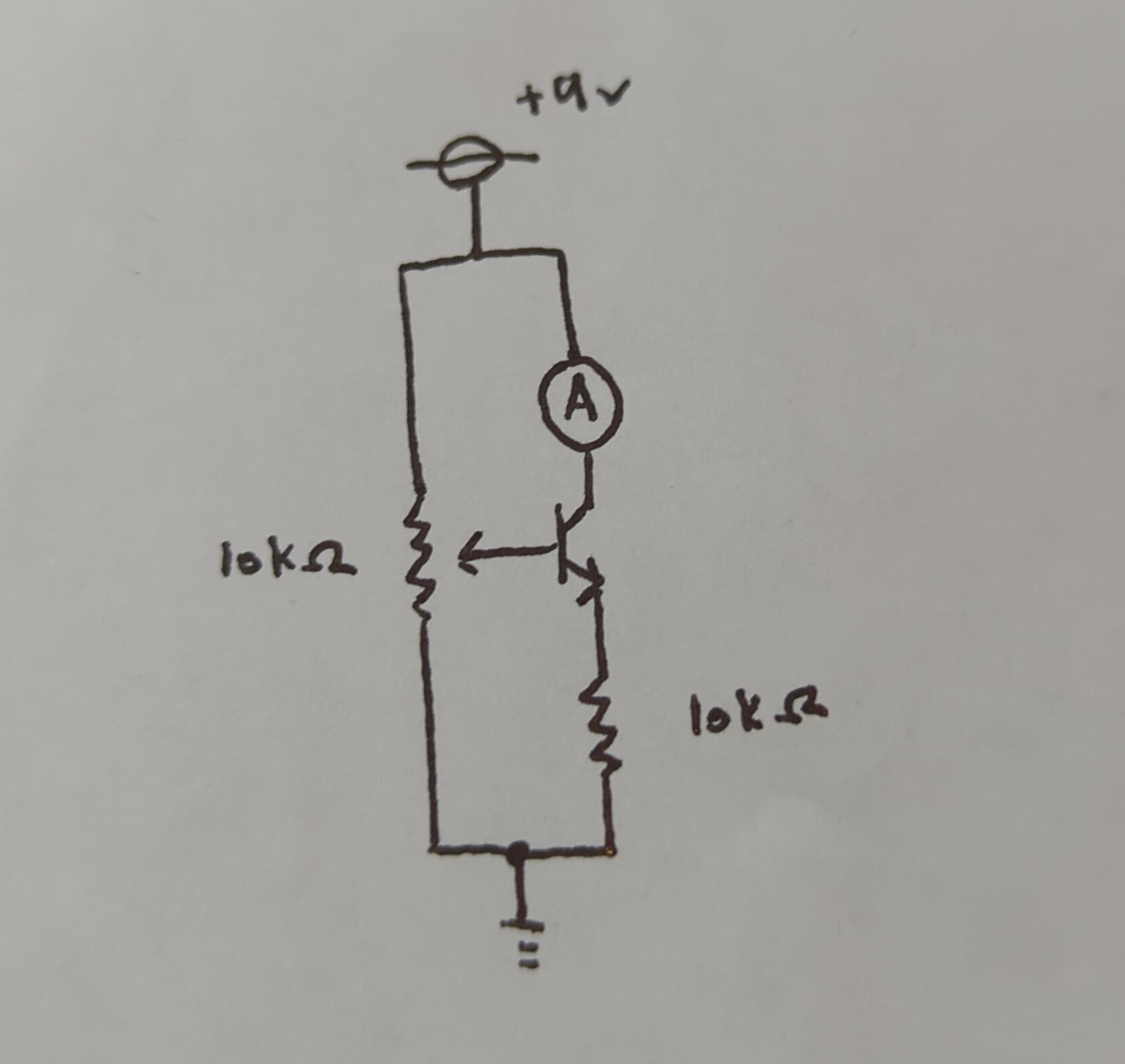Determining the Required Voltage to Turn a Transistor "On"
Edit 2025-01-18: In the initial revision of this post I had made a mistake and has since been updated. The mistake is explained in the later part of the post.
In order to pass a current from the collector to the emitter of a transistor 1 , one must apply a voltage across the base and emitter (another way to view this is that there must be a current between the base and emitter). How do we know how much voltage must be applied? We could of course simply refer to the data sheet or do a quick google search, but that would be kind of boring. Besides, how do we know that the information provided by those sources are trustworthy in the first place 2 ? Is there a way to determine and confirm the threshold voltage on our own?
The simplest approach would be to connect the base to a variable power source and gradually increase the voltage, while simultaneously measuring current flow through the transistor. Unfortunately I do not have a variable power source at hand, so I have used a potentiometer to manually “tune” the voltage.
The following is the schematic I used for this experiment, as well as a short demo.

Checking the data sheet, the minimum Base-Emitter saturation voltage for the 2N3904 is rated at 0.65V. A current shows up on the multimeter somewhere between 0.63V and 0.67V, so this seems about right.
…Or, so I thought.
A few days later, while looking back at this post, I noticed that I had made a mistake: I had reverse-biased the transistor. I should have noticed when the current flowing through the transistor was only 0.01mA. The 0.65V that needs to be applied between the Base and Emitter is the saturation voltage – the voltage required to allow current to flow in full. The current measured would be too small for this circuit.
Here is another attempt at the experiment with the correct connections:
In this attempt, there is current flow when the Base-Emitter voltage is roughly 0.53V. This is when the transistor turns “on”, or at least starts to “turn on”. While not shown in the video, the current flowing through the transistor when 0.65V had been applied to the Base was 0.84mA. This is what is expected from a circuit with a (roughly) 8.4V battery and 10kΩ resistor.
Additional Resources
- [1] 2N3904 Data Sheet: https://www.onsemi.com/pdf/datasheet/2n3904-d.pdf
- [2] How a transistor works: https://www.youtube.com/watch?v=DXvAlwMAxiA